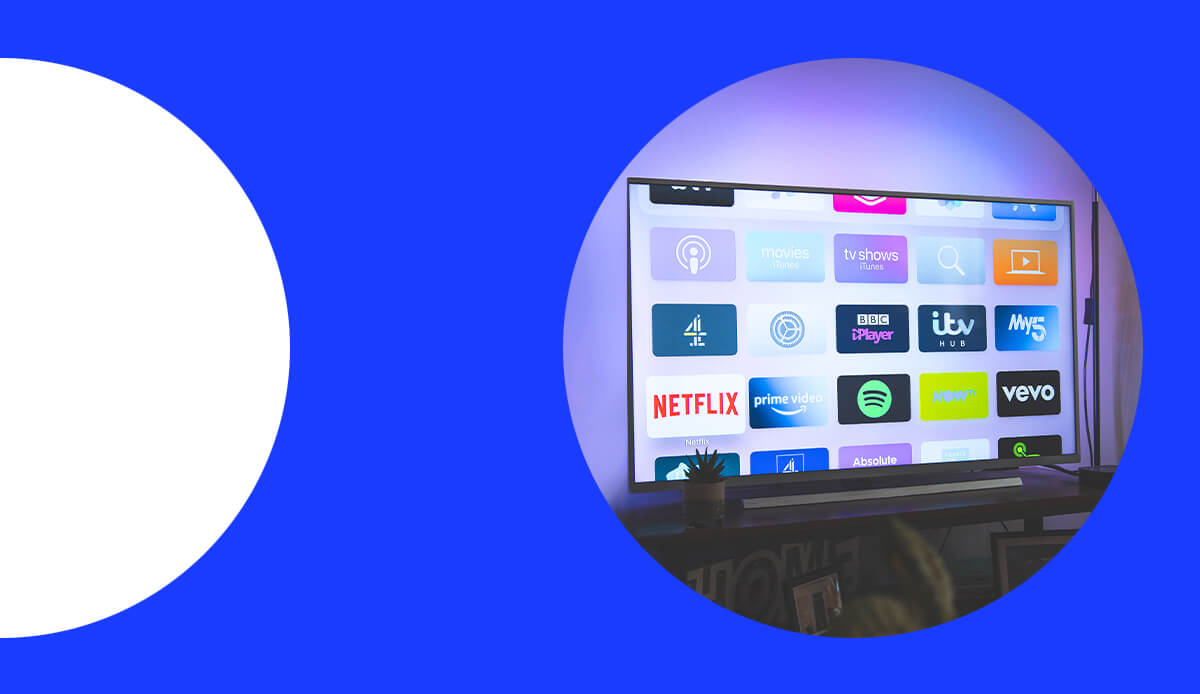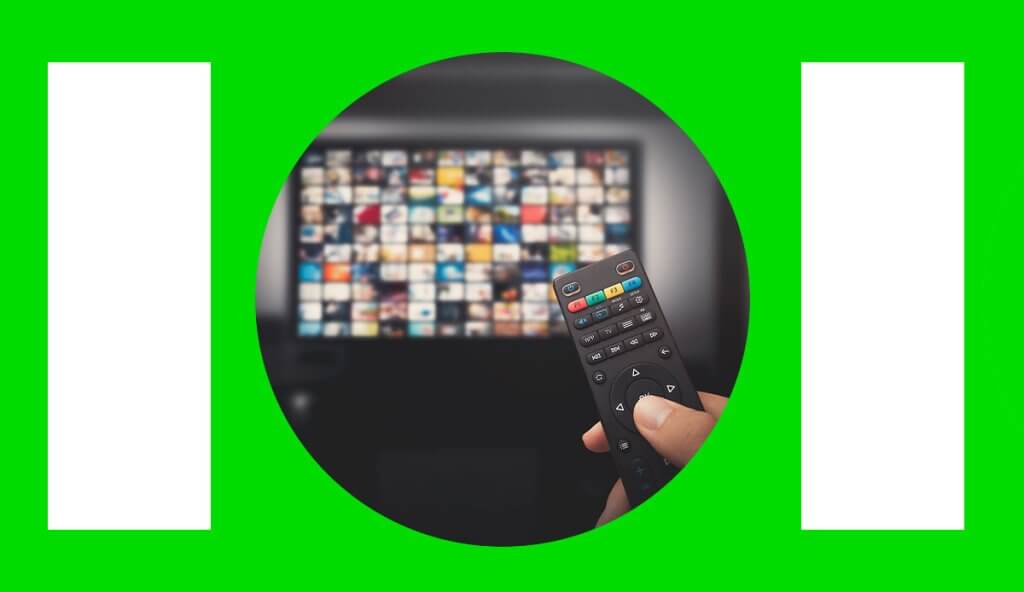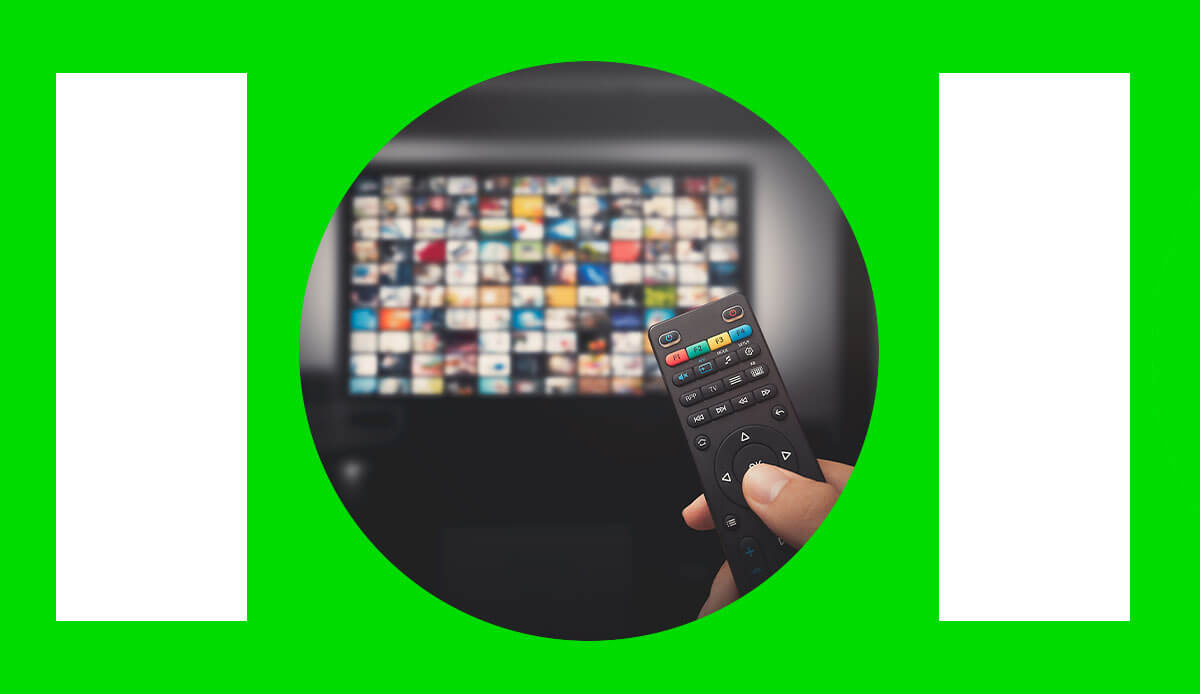
According to Kantar, 115.6M U.S. households can be reached via video streaming, which is equivalent to a household penetration of 89% of the market. With this in mind, how can marketers ensure they are utilizing this booming channel to their advantage? Testing is essential for any performance marketing campaign, especially in a rapidly evolving and complex landscape such as streaming TV.
To examine Streaming TV growth and marketing opportunities in the US, Bridget Hall, Group Account Director, joined Singular, Moloco, tvScientific, and InnoGames on a lively webinar. Here’s what we learned from our panel of experts:
Painting a clearer picture of the addressable audience
- The size of the opportunity is a compelling factor.GWI data shows the US CTV audience size at 140.57 million as of Q4 2022, and CTV ad spend has also increased significantly. According to Insider Intelligence, in 2023 is expected to grow at a rate of 27%, compared to total media spend projected to grow at 7%
- Although the streaming audience is a balanced blend of male and female viewers it is notable that this audience skews younger (37.8% between the ages of 12-34) with 40% falling within the high-income household bracket.
Streaming TV adoption has soared since the beginning of the COVID-19 pandemic as U.S. households look to cut costs by embracing ad-supported streaming entertainment options.
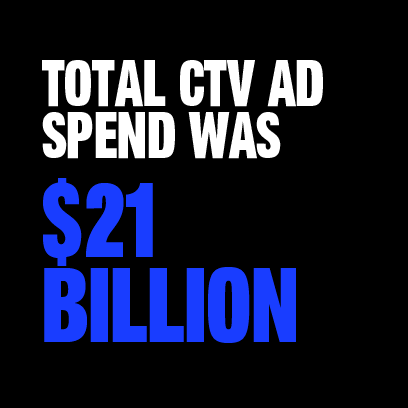
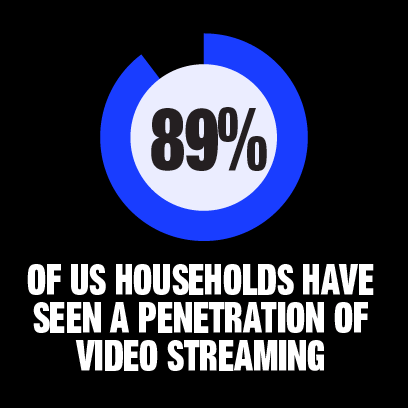
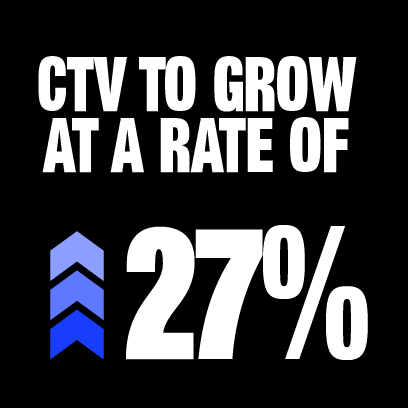
7 Key takeaways and tips for success
- CTV advertising can drive full-funnel results including performance KPIs. As you develop your strategy, investigate different types of partners, and ensure you are focused on KPIs that are scalable.
- Start your campaign with diverse audience targeting and types – this approach allows you to discover adjacent or incremental audiences to the core target. Over time, through audience testing, you start to hone on the most valuable audiences.
- Think of QR codes as a CTA, advertisers are often linking a QR code to something very compelling like a discount or sweepstakes to get traction.
- Maximise all the tools for powerful storytelling and creative testing: audio, text, and imagery for the big screen. You don’t need to have a big production budget for CTV creatives but it is important to remember that CTV is a more leaned-back experience on a bigger screen.
- Evaluate CTV as part of a unified measurement framework. Connected TV advertising can often be an assist channel driving users to search for the brand or take an action after exposure. Build trust in the numbers and allow time for education of stakeholders. Especially if moving from a last-click attribution method to a different measurement model such as multi-touch or MMM.
- A clear and granular campaign structure and tracking setup is required. For example, when selecting your CTV advertising partner you should confirm which Mobile Measurement Platforms they integrate with, and confirm visibility into publisher-level data.
- Be prepared to test and learn, high impact elements for testing can include the creative, targeting tactics, or PMPs (private marketplace deals with specific publishers)
What are the benefits of using streaming TV advertising?
- Highly granular targeting – streaming TV provides an extremely high level of targeting (more so than linear TV) without sacrificing scalability.
- Low barrier to entry – a massive test budget is not a requirement therefore small to midsize brands, with all types of KPIs can test Connect TV advertising.
- Multiple test opportunities – streaming TV offers the chance to buy on small, limited incremental audiences, meaning budgets should be less of a barrier.
- Storytelling – expensive TV production budgets may not be needed for streaming TV, advertisers are using the channel to work with creators to tell compelling stories at a much lower cost
- Incremental reach – often audiences that are incremental to ‘traditional’ performance channels can be reached via this medium
“The benefits streaming TV provides are significant and can be a game changer for brands. Be aware that the CPMs might be higher than other performance channels but the opportunities for testing and the chance to show off immersive content on a big screen right at the center of the household should not be underestimated.”
Bridget Hall, Group Account Director
How to buy streaming TV
There are two main ways to buy streaming TV inventory (read a blog on this subject here)
- Programmatic – an automated approach where inventory is available to advertisers via an open exchange such as Roku, or Amazon Fire TV
- Direct – where the advertiser can buy specific inventory via the channel owner.
“In general, programmatic is a really good way to buy CTV, this approach allows you to focus on audience discovery. If you go platform direct you will reach an audience only on those platforms, however, the benefit of a direct buy is that you may gain access to 1st party data, which is useful elsewhere in your marketing strategy”.
Bridget Hall
She continues; “Roku OneView is a strong programmatic DSP for driving efficient install volume and offering innovative buying models. OneView offers algorithmic-led buying to drive more efficiency. We recommend having more than one CTV supplier on the media plan, for example, YouTube TV is an interesting and scalable supplier. YouTube TV offers a push to mobile product experience which is unique.”
Winning Strategies to get started
“Set a roadmap with a tiered approach. Allow an initial 6 weeks to gather data and manage stakeholder expectations. After the first few weeks, you can evaluate results and measure customers as they progress through the funnel.” Bridget Hall
Media Mix Modelling is going through a resurgence and will impact CTV advertisers in a positive way. This method is a comprehensive way of measuring CTV – overcoming the issue of privacy changes and fragmented measurement.
She continues; “Work with trusted partners to set up measurement correctly from the start. Your agency and MMP should be able to advise as to the best approach for your needs.” Bridget Hall
De-coding streaming TV acronyms
The streaming TV landscape is cluttered with acronyms and the landscape changes frequently, here are some of the common abbreviations:
- OTT – Over-the-Top
Refers to the method of content delivery i.e. sent ‘over the top’ of your traditional cable TV. OTT can be delivered via a Smart TV, desktop computer, mobile phone, tablet, or gaming console through apps and websites. Everything from Netflix and YouTube to Disney+ and Prime Video is all delivered via OTT methods.
- CTV – Connected TV
Also known as a smart TV is a traditional hardware that can also access the Internet, allowing users to stream music and videos etc.
- SVOD – Subscription Video on Demand
An OTT monetization model where users pay a subscription fee to gain access to content, eg Netflix, Disney+, and Amazon Prime
- AVOD – Advertising-based Video on Demand
This revenue model is based on advertising income rather than subscriptions, eg Pluto TV and YouTube
- BVOD – Broadcast on Demand
A subset of AVOD where the model is ad supported and provided by a traditional TV publisher such as NBCUniversal via Peacock
- TVOD – Transactional Video on Demand
A pay-per-view revenue model where the consumer pays per piece of content eg renting a movie or a high-demand sport such as sports
- FAST – Free ad-supported television
Free ad-supported television is a category of streaming television services that are available without a paid subscription and are funded by advertising.
- PVOD – Premuim Video on Demand
Where content publishers charge a premium for exclusive access to content, for example, the release of a blockbuster movie, often the content is released to the subscriber base (SVOD audience) at a later date.
- HYBRID
A revenue model that is becoming more common, for example, Netflix and Hulu offer both ad-supported and subscription models.
Key Takeaways
The streaming TV landscape is both emerging and maturing at a rapid rate, with huge audience and advertiser adoption and a seemingly never-ending stream of content available. There is a vast amount of choice for consumers as to how and where they consume the content they are most interested in and that alone makes it essential to work with an expert in the streaming TV field to not only keep up to date with landscape changes but also really be able to understand where target audiences are likely to be spending time. On top of that, there is an essential need to correctly set up KPIs, tracking, testing/measurement frameworks as well as deciding how to buy inventory etc.
Additional resources
- Watch the full ‘Cracking the code on CTV’ webinar with Singular, TvScientific and Moloco here
- Download our free guide; The Definitive Guide to Programmatic Streaming TV for Performance Marketing here.
- Read additional related blog posts;
- Streaming TV: Growth, formats, and performance
- 7 Ad-supported streaming services that drive marketing performance
- 5 OTT ad examples to inspire your next streaming campaign
- How to buy OTT advertising; 4 streaming media considerations
- Programmatic TV: the marketer’s guide to real-time bidding in the streaming ecosystem
- Why use streaming TV advertising in 2023?
- Steaming TV Casestudy – how we drive results for an entertainment business
For more information about how we are helping clients prepare, manage and optimize streaming TV campaigns, or to discuss your needs with Bridget and the team.

